Buying Guide
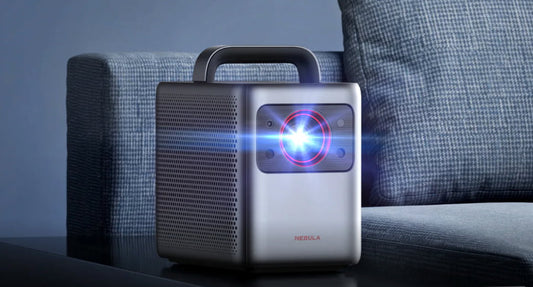
What Is a Projector? Understanding Technology, ...
The question of "What is a projector?" unveils a fascinating journey from simple light projection dating back to the 17th century to the complex, multifaceted devices we see today. Projectors...
What Is a Projector? Understanding Technology, ...
The question of "What is a projector?" unveils a fascinating journey from simple light projection dating back to the 17th century to the complex, multifaceted devices we see today. Projectors...
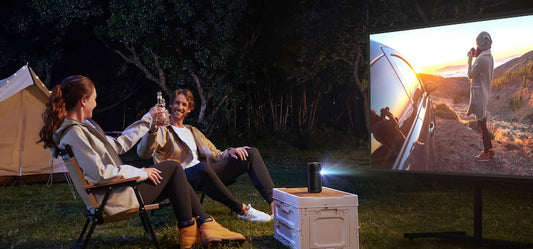
Unraveling the Mystery: How Do Laser Projectors...
In today's fast-paced technological landscape, the quest for sharper, brighter, and more efficient projection systems has led to the rise of laser projectors. Traditional projectors largely rely on lamps or...
Unraveling the Mystery: How Do Laser Projectors...
In today's fast-paced technological landscape, the quest for sharper, brighter, and more efficient projection systems has led to the rise of laser projectors. Traditional projectors largely rely on lamps or...

Everything to Know About Projector Throw Distance
In the realm of home theater and professional presentations, the quality of your projector setup can significantly impact your viewing or presentation experience. Among the many factors to consider, projector...
Everything to Know About Projector Throw Distance
In the realm of home theater and professional presentations, the quality of your projector setup can significantly impact your viewing or presentation experience. Among the many factors to consider, projector...
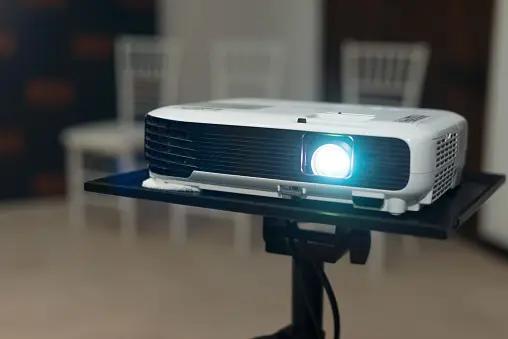
Projector Pricing 101: Understanding How Much D...
Projectors have become essential tools for both personal and professional use, enabling larger-than-life displays of content ranging from movies and presentations to gaming and educational materials. However, when considering the...
Projector Pricing 101: Understanding How Much D...
Projectors have become essential tools for both personal and professional use, enabling larger-than-life displays of content ranging from movies and presentations to gaming and educational materials. However, when considering the...
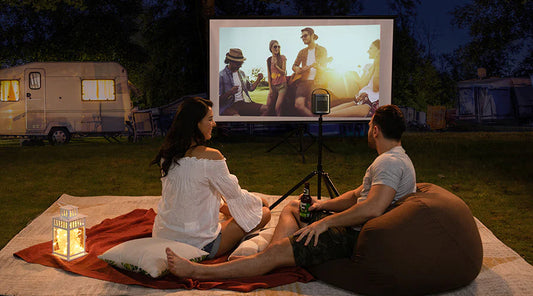
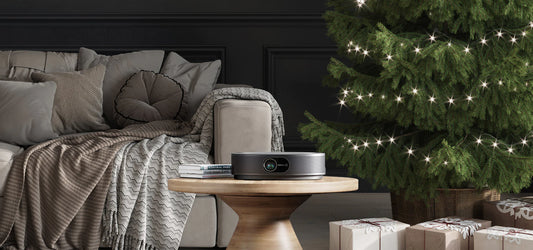
How to Add Some Holiday Spirit to Your Smart Pr...
How to Add Some Holiday Spirit to Your Smart Projector?
How to Add Some Holiday Spirit to Your Smart Pr...
How to Add Some Holiday Spirit to Your Smart Projector?